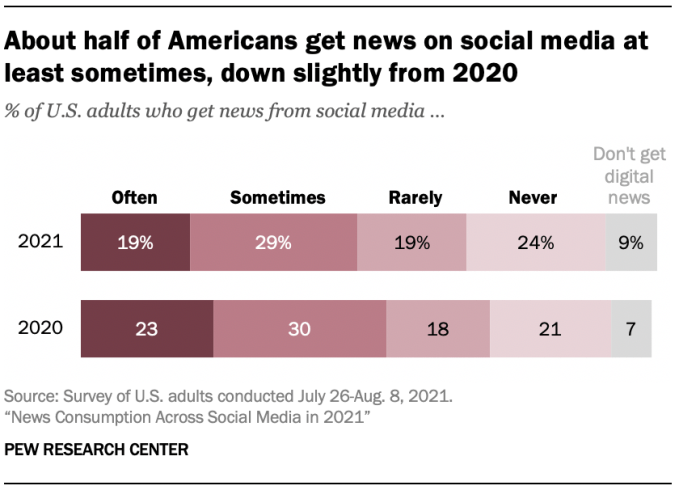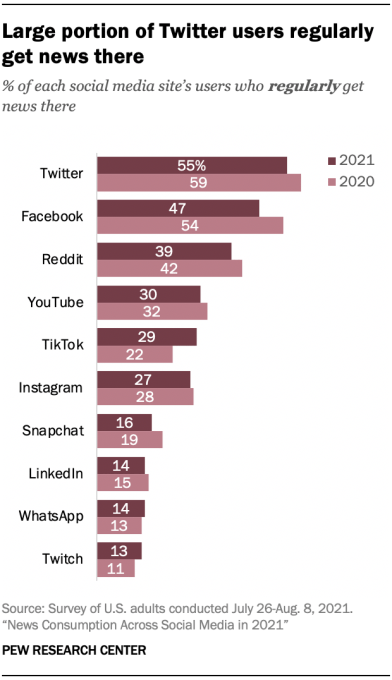Ben Rubin understands where social is going. In fact, he understands it so well, he’s always there early.
Rubin is the current CEO and co-founder of Slashtalk and an angel investor who scouts for Sequoia Capital. He previously founded Houseparty and Meerkat — apps that pioneered group video chat and mobile livestreaming, respectively — shaping massive social trends in their earliest stages.
In 2015, Meerkat took SXSW by storm. The app seemed to have captured lightning in a bottle, and entrenched players in social noticed. Twitter was early to the trend too, having bought Periscope earlier that year, and leveraged Meerkat’s momentum to attract people to its own product. Half a year later, Facebook vaulted into the space with Facebook Live.
Meerkat didn’t keep up, but it did transform. In 2016, the same team launched Houseparty, a group video chat app geared toward connecting established friends in casual virtual hangouts rather than streaming to the masses. Three years later, in a world not yet ravaged by the pandemic, it sold to Fortnite maker Epic Games.
With people driven indoors and away from IRL social interactions, Houseparty boomed. In a single month during the pandemic’s early phase, the app saw 50 million new signups and hit the top of the charts across the iOS App Store and Google Play. But Houseparty struggled to retain users, and by fall of 2021 Epic announced that it would unceremoniously wind down the project and pull Houseparty from app stores.
Only time will tell if Houseparty’s technology will play a role in Epic’s vision for the metaverse — an interconnected series of seamless virtual worlds for people to explore and socialize in. But regardless of the app’s eventual fate, Houseparty’s take on social spontaneity and casual group video was ahead of its time.
If anyone is well positioned to know where social networks are going in the near future, it’s probably Rubin. He’s now working on Slashtalk, “an anti-meeting tool for fast, decentralized conversations.” Slashtalk’s ethos echoes both Meerkat and Houseparty’s belief in social serendipity, but this time Rubin is focused on the workplace rather than consumer social.
Rubin will join us onstage at TechCrunch Disrupt 2021 to talk about his new company and the trends powering current upheavals in social networking, from decentralization and ownership to the future of a connected post-pandemic world.
( function() {
var func = function() {
var iframe = document.getElementById(‘wpcom-iframe-82e7089bb76c80e1d7d73433ec8b0f47’)
if ( iframe ) {
iframe.onload = function() {
iframe.contentWindow.postMessage( {
‘msg_type’: ‘poll_size’,
‘frame_id’: ‘wpcom-iframe-82e7089bb76c80e1d7d73433ec8b0f47’
}, “https:\/\/tcprotectedembed.com” );
}
}
// Autosize iframe
var funcSizeResponse = function( e ) {
var origin = document.createElement( ‘a’ );
origin.href = e.origin;
// Verify message origin
if ( ‘tcprotectedembed.com’ !== origin.host )
return;
// Verify message is in a format we expect
if ( ‘object’ !== typeof e.data || undefined === e.data.msg_type )
return;
switch ( e.data.msg_type ) {
case ‘poll_size:response’:
var iframe = document.getElementById( e.data._request.frame_id );
if ( iframe && ” === iframe.width )
iframe.width = ‘100%’;
if ( iframe && ” === iframe.height )
iframe.height = parseInt( e.data.height );
return;
default:
return;
}
}
if ( ‘function’ === typeof window.addEventListener ) {
window.addEventListener( ‘message’, funcSizeResponse, false );
} else if ( ‘function’ === typeof window.attachEvent ) {
window.attachEvent( ‘onmessage’, funcSizeResponse );
}
}
if (document.readyState === ‘complete’) { func.apply(); /* compat for infinite scroll */ }
else if ( document.addEventListener ) { document.addEventListener( ‘DOMContentLoaded’, func, false ); }
else if ( document.attachEvent ) { document.attachEvent( ‘onreadystatechange’, func ); }
} )();
from Social – TechCrunch https://techcrunch.com/2021/09/21/ben-rubin-disrupt-2021-slashtalk/
via Superb Summers


